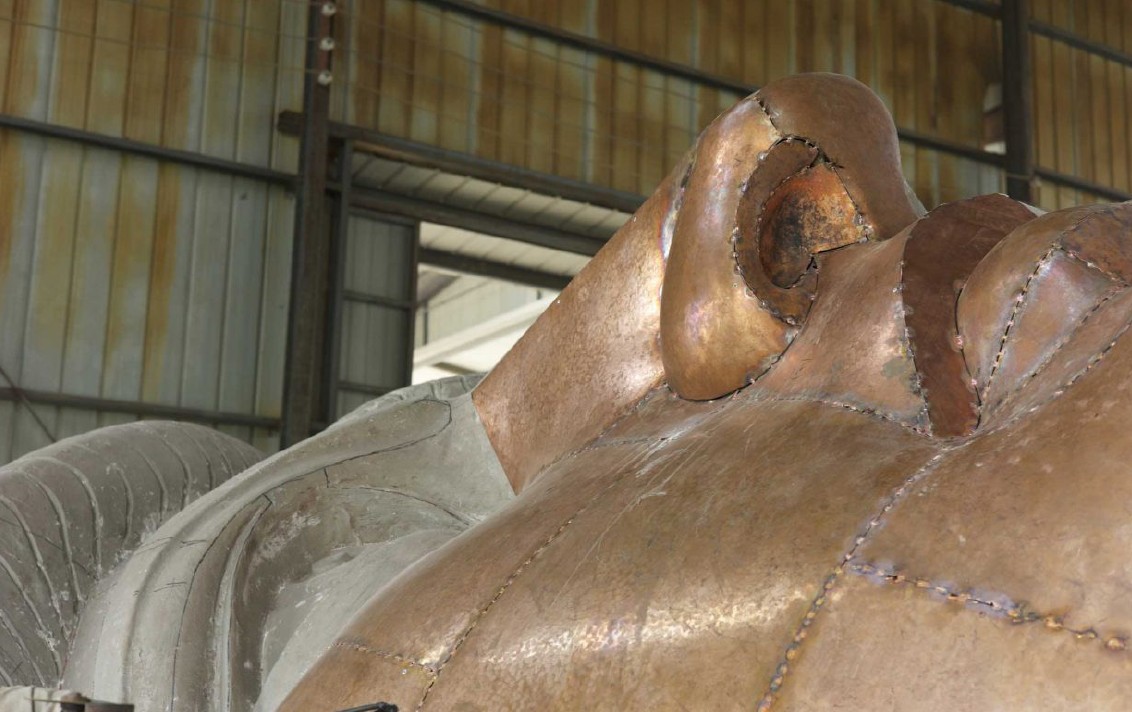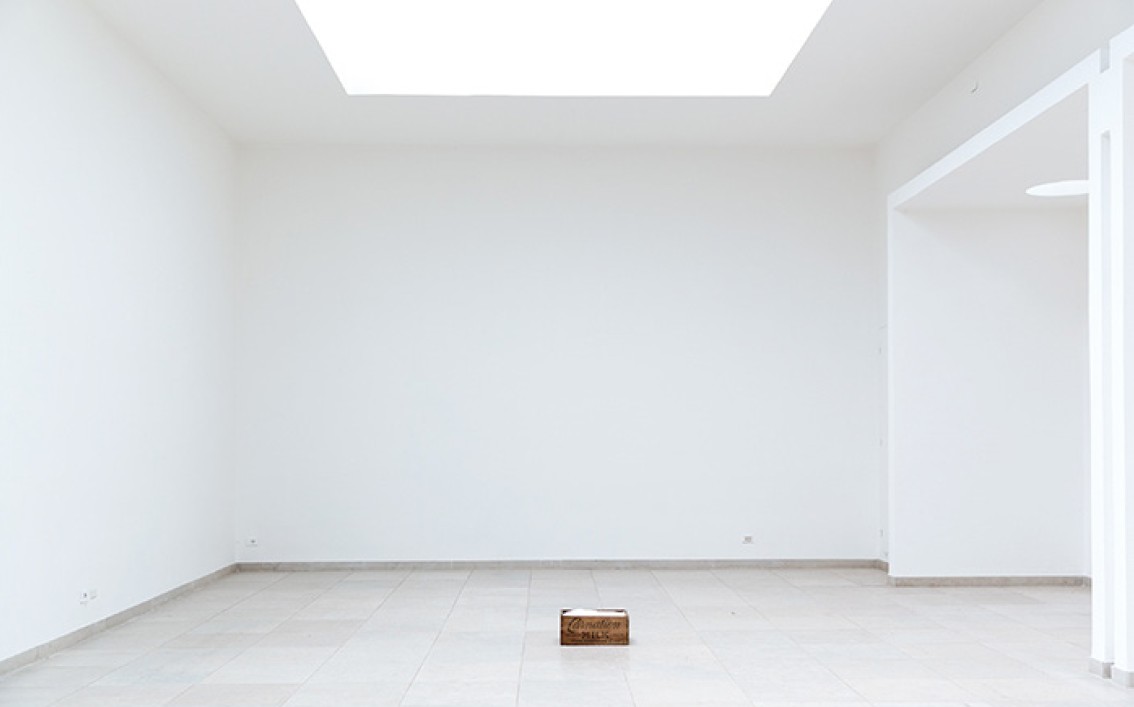En Mal D'Archive - Memory Revisited
Dates: 21 June – 8 July, 2018
Venue: Station Beirut
Curator: Khaled Barakeh
Curatorial assistant: Clementine Butler-Gallie
This curatorial project considered the idea of the archive and archival practices. The project was a collaboration between between CoCulture and Dawlaty Institute’s programme ‘Preserving the Oral History of Syria’.

En Mal D’Archive Installation View.
Image courtesy of CoCulture
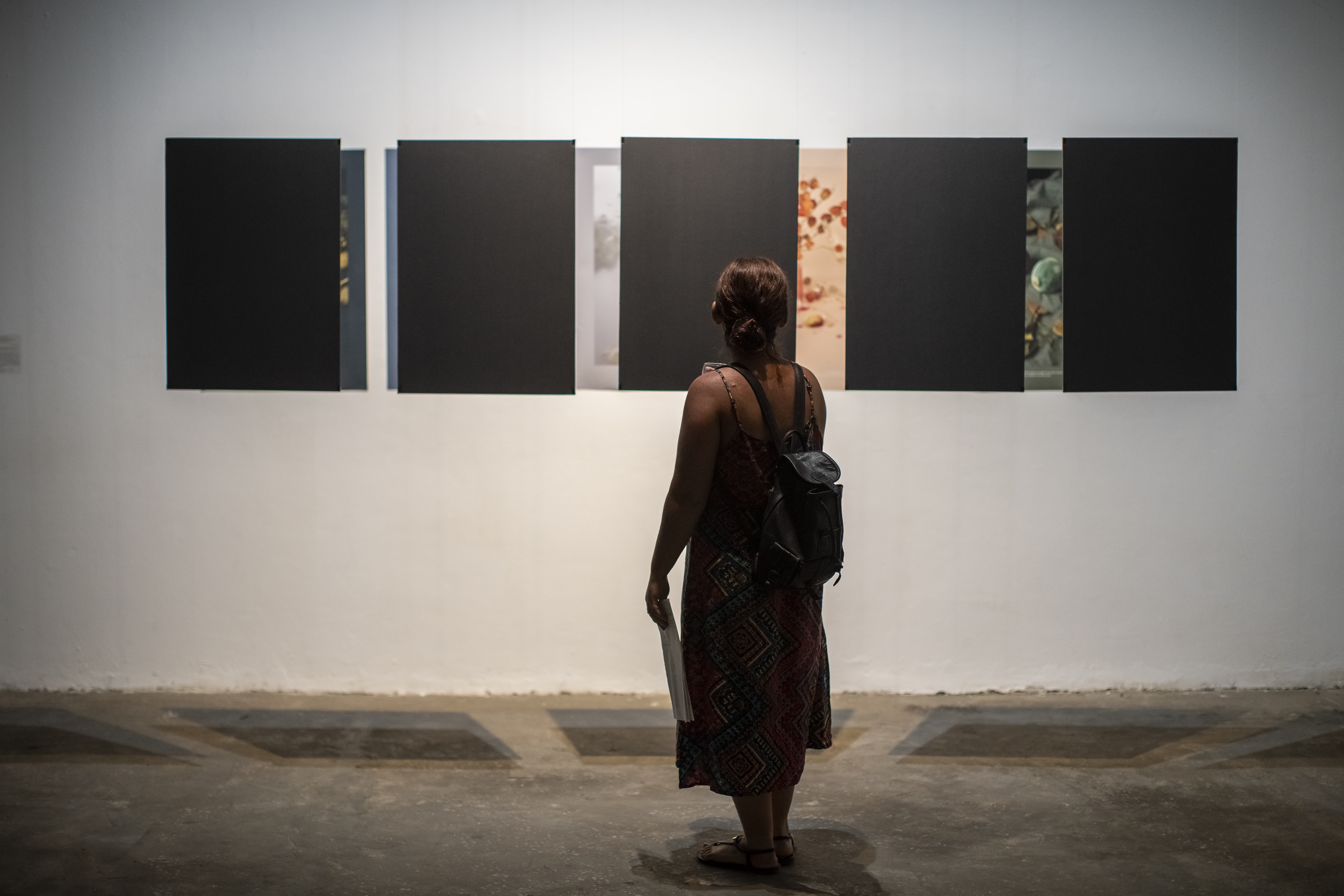
En Mal D’Archive Installation View.
Image courtesy of CoCulture
Curatorial Concept
We are all ‘en mal d’archive’: in need of archives […] We burn with a passion never to cease searching for the archive right where it slips away […] We have a compulsive, repetitive and nostalgic desire for the archive, an irrepressible desire to return to the origin, a homesickness, a nostalgia for the return of the most archaic place of absolute beginning. […] It belongs to the concept of the archive that it be public, precisely because it is located. You cannot keep archive inside yourself – this is not archive. – Jacques Derrida
Why does the theme of archives interest us today so much? They seem to surround us, more prominent than they ever were, both in academic discourse, public debate and, more and more often, popular culture. Being significant devices of knowledge hidden in memory, they process, collect, preserve and pass on the essence of a certain time in human history. The memory itself, whether collective or personal, doesn’t only rely on storing, but also retrieving memorized data. Whether by the use of real or virtual memory, archives need our actions to remain valid – to reflect the past in the future, keeping stories away from a passiveness of a physical form of an
archive.
Just as our history, identity and collective memory are built upon a collection of objects, documents, stories and
experiences, the archives reflect our times preserving those elements that shape our times for the future generations. Ilya Kabakov wrote: ‘To deprive ourselves of these paper symbols and testimonies is to deprive ourselves somewhat of our memories. In our memory, everything becomes equally valuable and significant. All points of our recollections are #ed to one another. They form chains and connections in our memory which ultimately comprise the story of life.’ Sadly, archives are often popularly conceived as outdated sources of information, passively hiding data in a state of mysterious equilibrium. The appearance and social image of archives can blur the initial point of their existence – storages filled with long lines of boxes and drawers full of never-ending piles of documents take away the human element of an archive itself.
But how can an archive become further integrated within current social debates and discourses of art and culture of today, without losing its initial context? How can an artwork give voices to those buried underneath archival files?
Any use of archives is a unique journey, not only inside a certain story or message they convey, but also inside ourselves, as our response to archived data seems to say more about us than the archive itself. We should aim to rescue and preserve not just the body of information on stories bearing value and meaning, but the true meaning of these stories, lives and memories documented and the overlapping contexts formed within them. Only this way we can reach a completely new level of perceiving archives – that of understanding the importance, authenticity or even authoritativeness of this incredible source of information and its ability of real-life storytelling. Using archives as an artistic tool is inevitably connected to a certain amount of enthusiasm arising in hope for the rebirth of something – an idea, a historical fact or a personal story. Rediscovering the given stories with all messages they convey gives an artist the opportunity to find new contexts, meanings, functions within previously known facts, and to interpret them in innovative and relevant ways, building new relationships between them or restoring existing ones.
Art archives have become a fresh platform of stimulating encouragement towards expanding the existing dialogue between the research and artistic creation. Eric Ketelaar even invented a neologism ‘archivalization’, meaning the conscious or unconscious choice (determined by social and cultural factors) to consider something worth archiving. Applying artistic creative process to the medium of archived data can lead to discovering new structures within the existing frameworks. Archives’ relation to art, artist and contemporary practices is, in fact, nothing new. The factor that turned tables around is, in fact, the certain point on the history #meline that we found ourselves in. In the #mes of sharp pollical and social shifts, the artist is often no longer just himself, but also an activist and an archivist. Archival art, in words of art historian Hal Foster, has the ability to ‘make historical information, often lost and displaced, physically present.’.
Artists
Behjat O Abdulla
Heba Y. Amin
Anna Banout
Adam Broomberg & Oliver Chanarin
Fadi Aljabour
Randa Maddah
Mohammad Omran
Jayce Salloum & Elia Souleyman
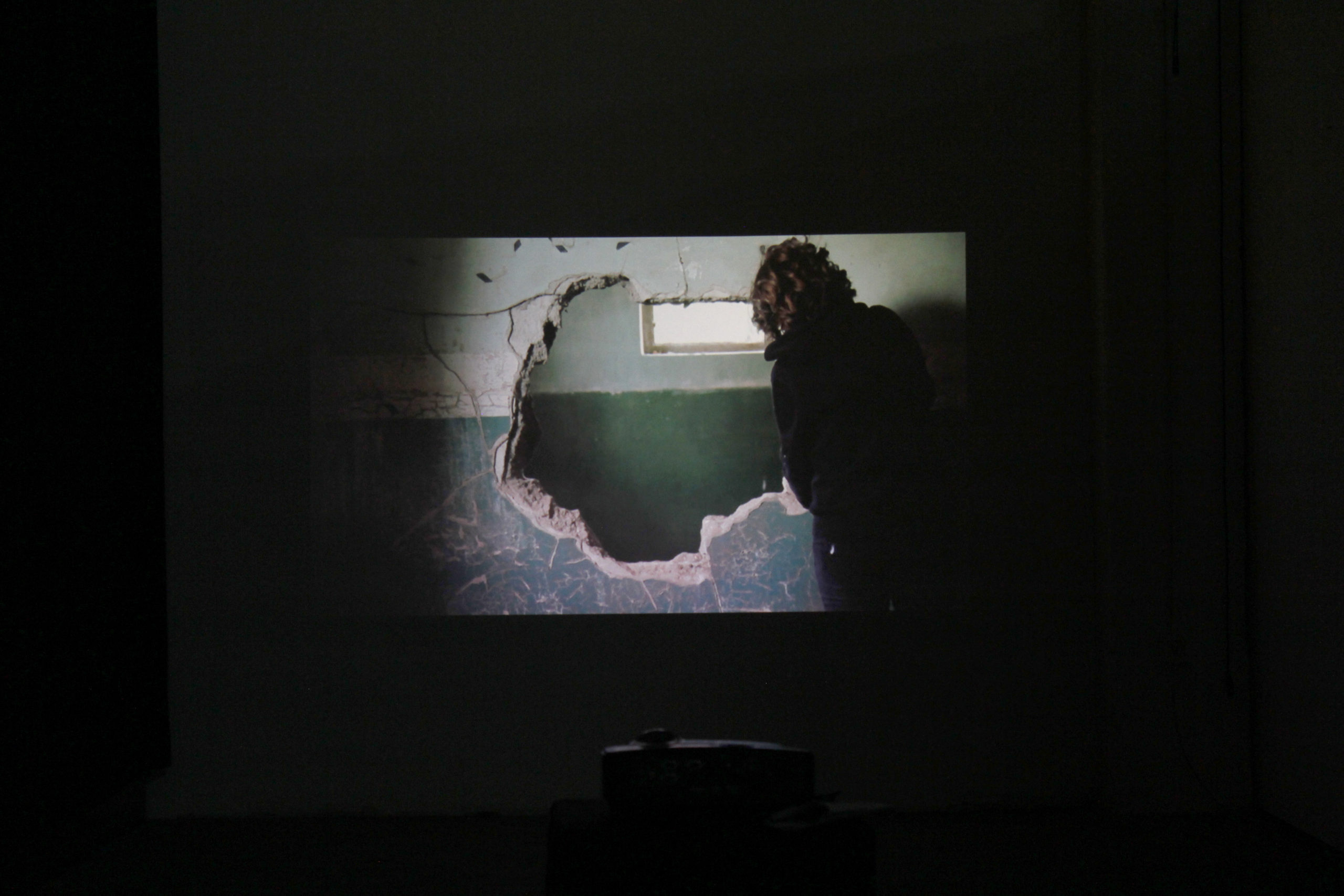
Randa Mdah, Restoration.
Image courtesy of CoCulture
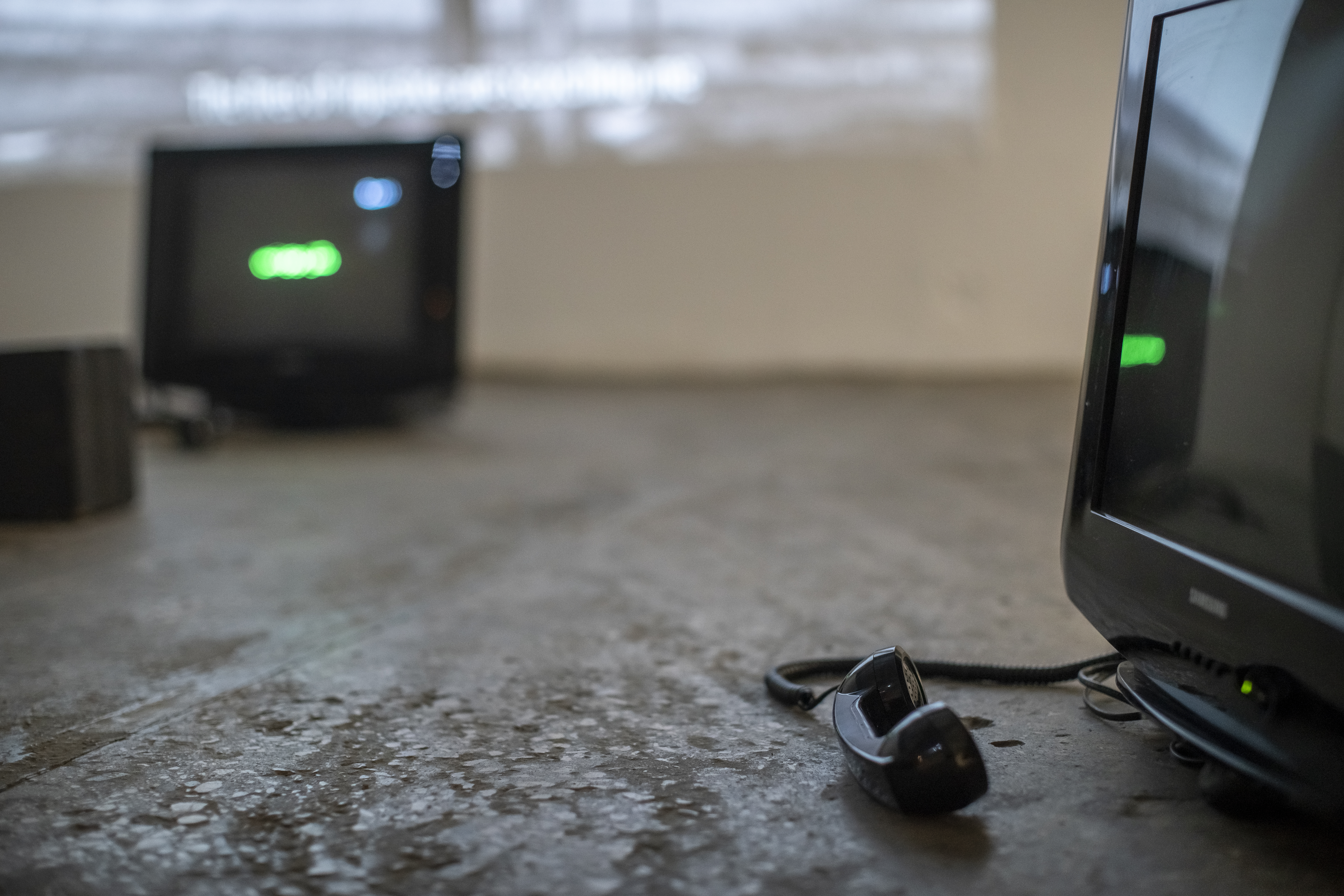
Heba Amin, Project Speak2Tweet.
Image courtesy of CoCulture
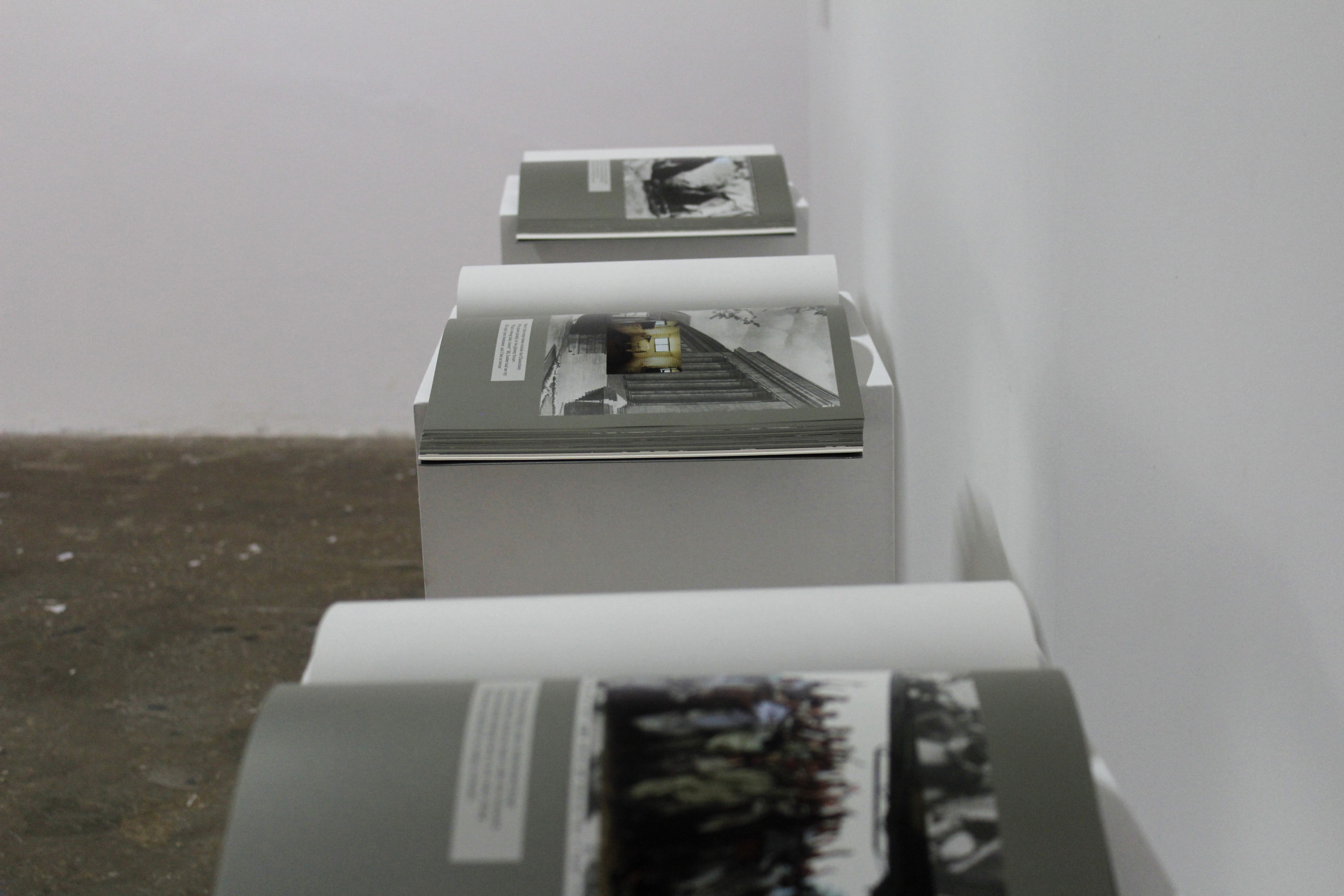
Broomberg & Chanarin, War Primer.
Image courtesy of CoCulture
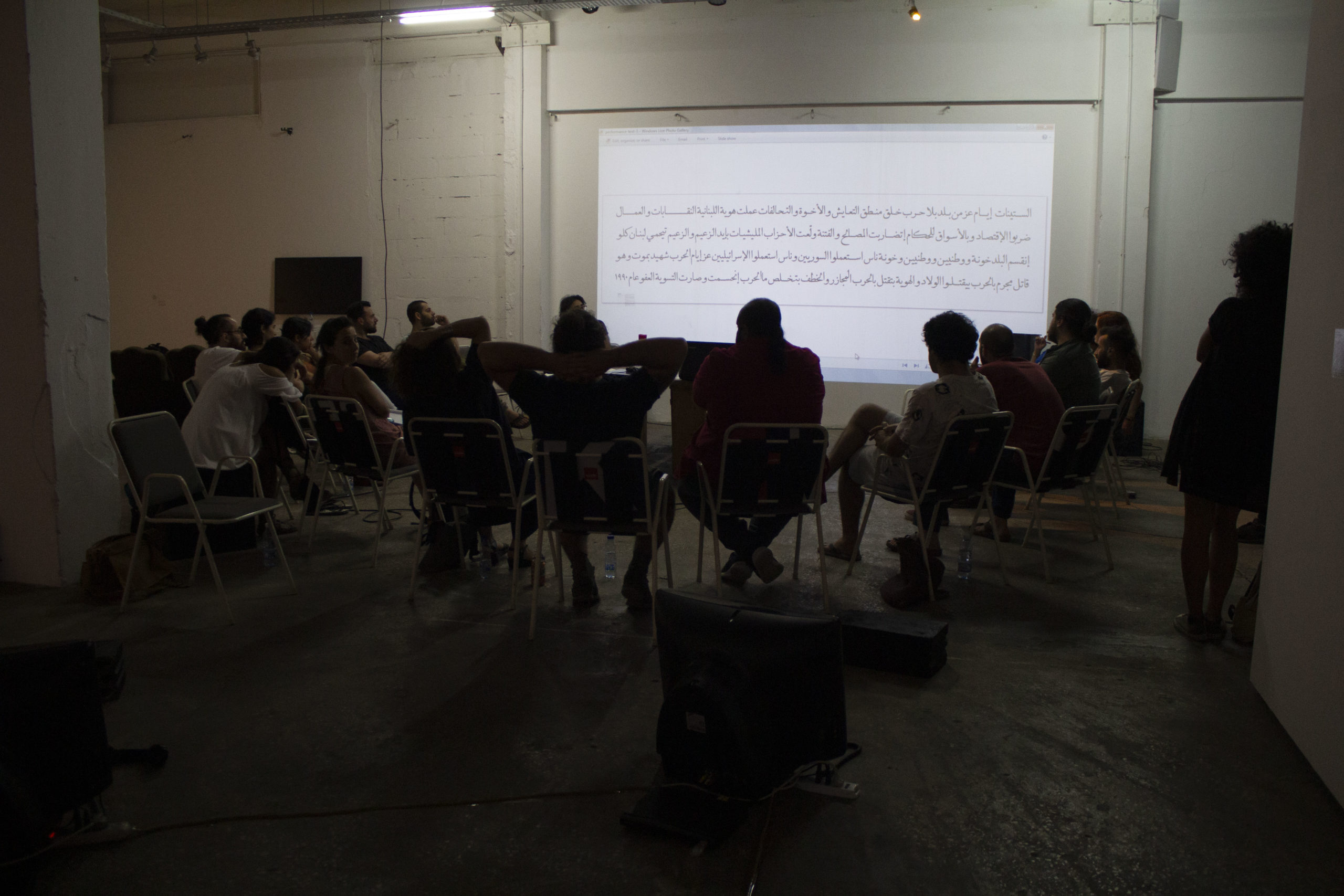
En Mal D’Archive Workshop.
Image courtesy of CoCulture
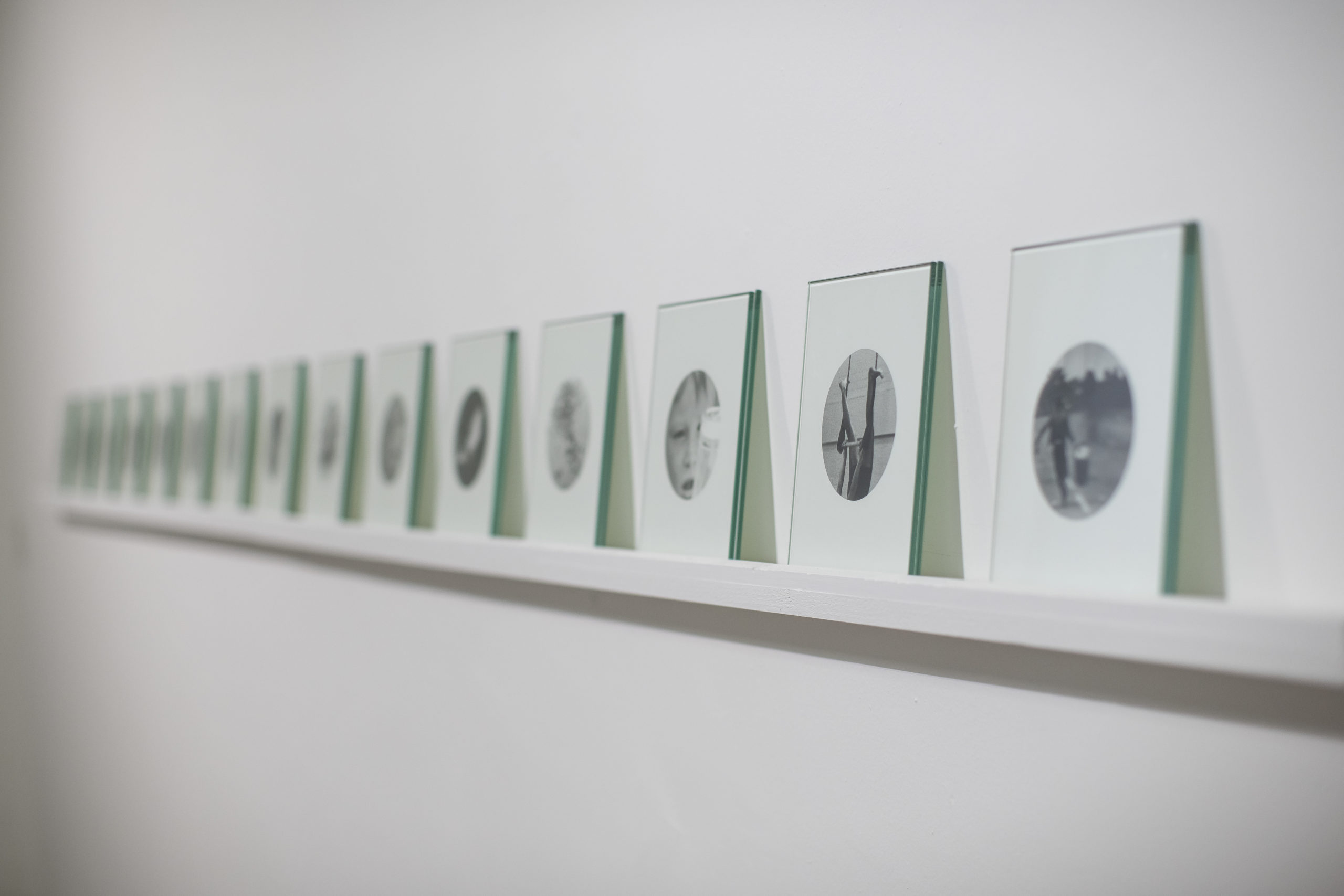
Broomberg & Chanarin, People In Trouble Laughing Pushed to the Ground.
Image courtesy of CoCulture
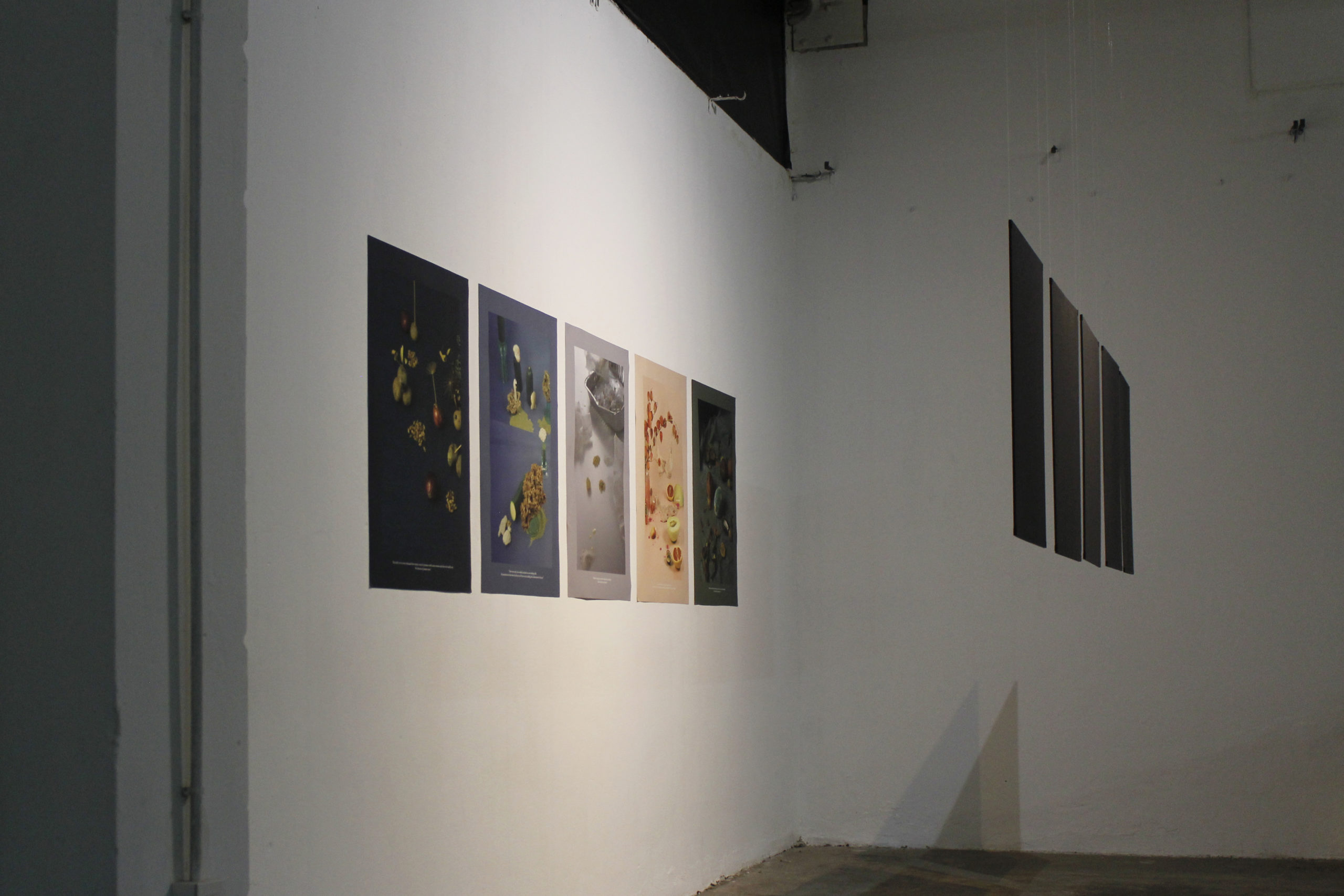
Anna Banout, (Still) Life.
Image courtesy of CoCulture
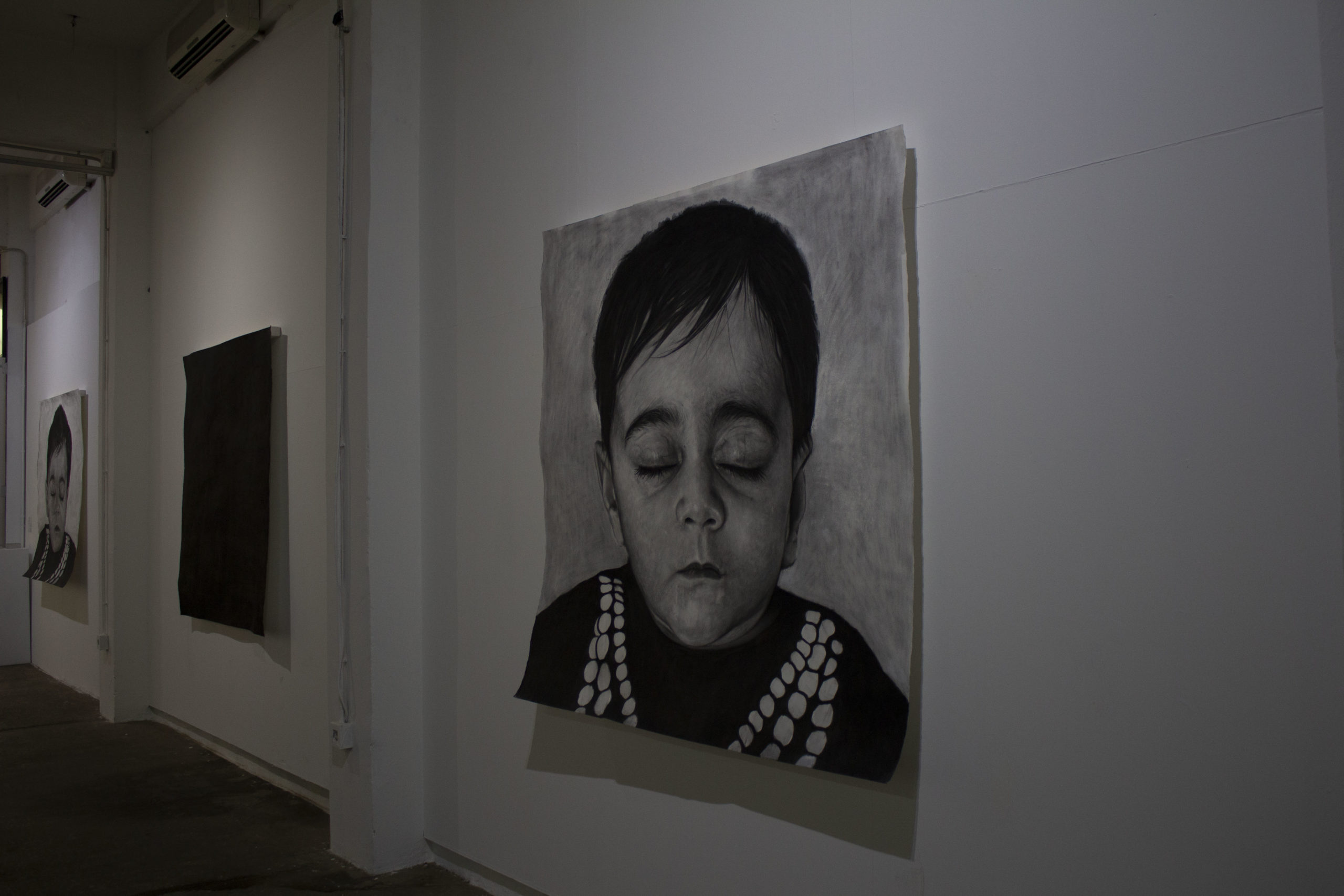
Behjat Omar Abdulla, Head of child I (From A Distance).
Image courtesy of CoCulture
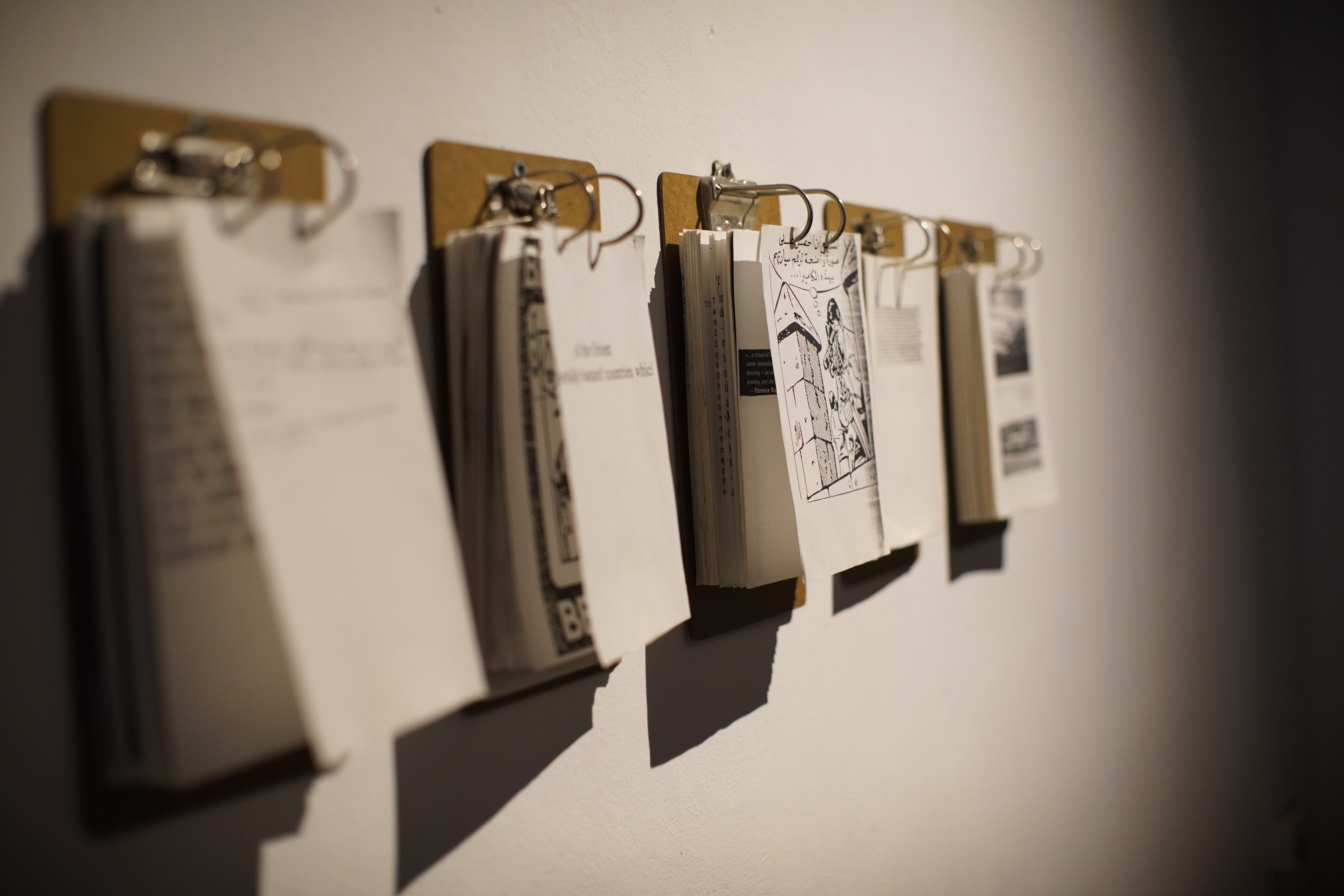
Jayce Salloum, Kan ya ma kan _ There was and there was not (redux_fragments).
Image courtesy of CoCulture
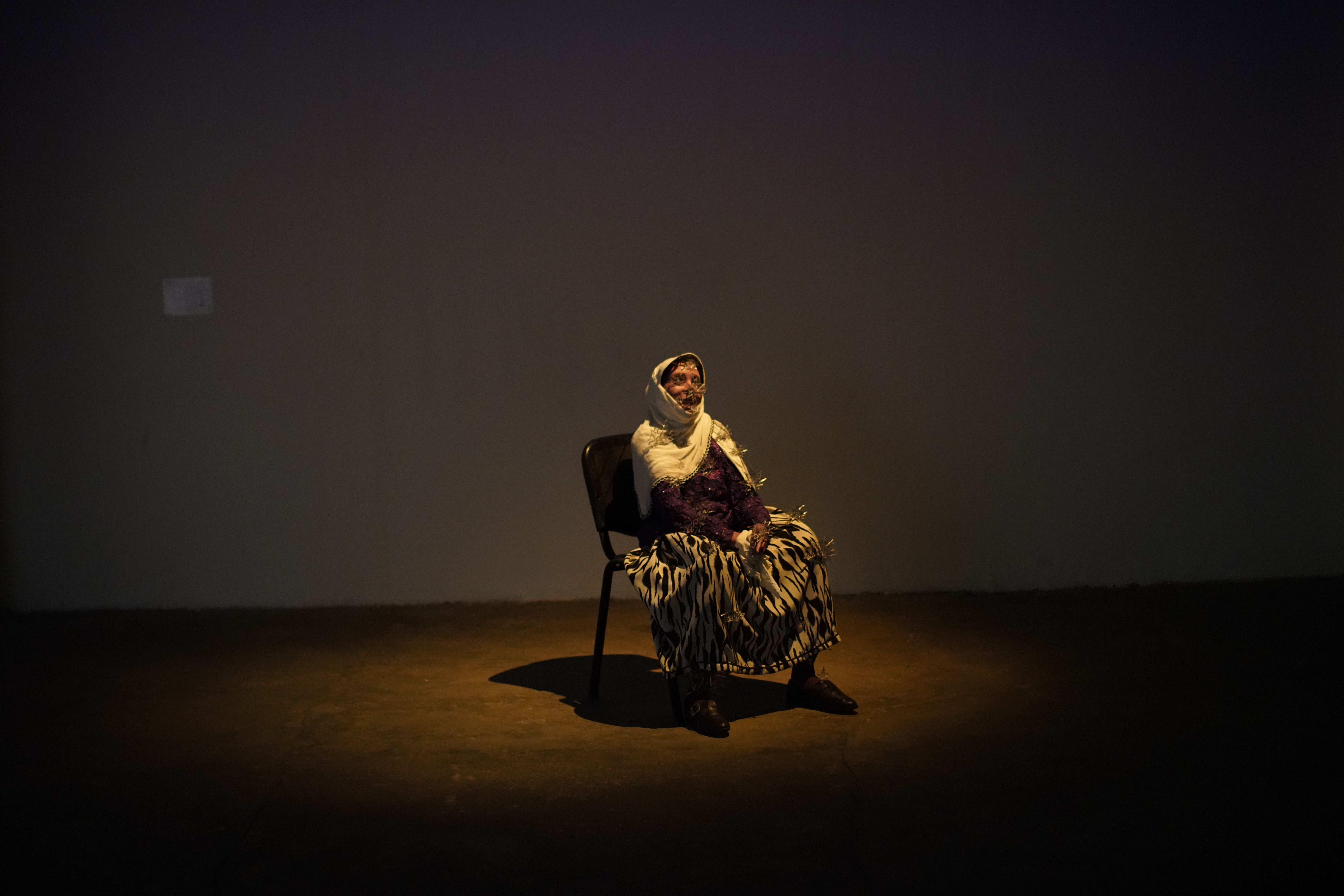
Fadi Aljabour, Untitled.
Image courtesy of CoCulture
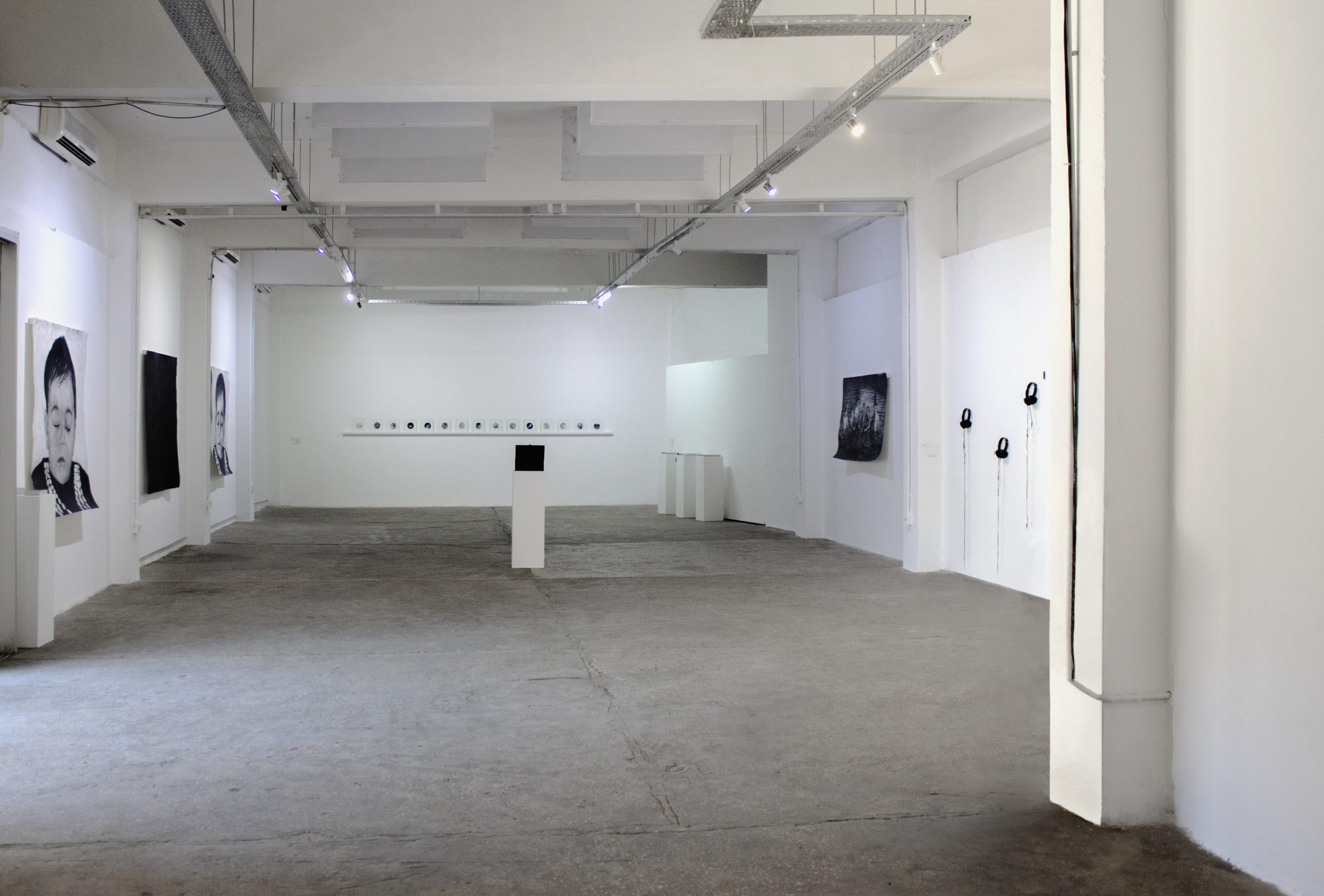
En Mal D’Archive Installation View.
Image courtesy of CoCulture

